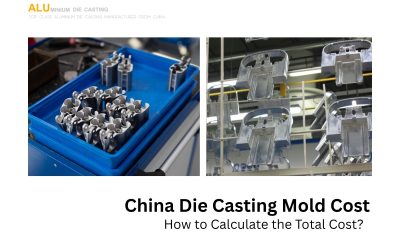Die Casting Alloys
Die casting alloys are normally non-ferrous, and there is a large number available with a wide range of physical and mechanical properties covering almost every conceivable application a designer might require.
Aluminum and zinc alloys are the most widely used, and are followed by magnesium, zinc-aluminum (AZ) alloys, copper, tin and lead.
Zinc, lead and tin based alloys are classified as low melting point metals, all melting at less than 725oF (385oC). Zinc-aluminum (ZA) alloys have a slightly higher melting range of 800oF to 900oF (426oC to 482oC). Aluminum and magnesium alloys are considered to be moderate melting point alloys, being cast in the 1150oF to 1300oF (621oC to 704oC) range. Copper alloys are considered to be high melting pint, over 1650oF (899oC). Low melting point alloys are cast in hot chamber machines. Intermediate and high melting point alloys are cast in cold chamber machines. In recent years, specially designed hot chamber machines for die casting magnesium alloys have come into use.
Chemical Composition (%) for aluminum & Zinc
|
Aluminum |
Zinc |
|
| Aluminum |
Remainder |
3.5 to 4.3 |
| Cadmium |
— |
.004 (max) |
| Copper |
3.0 to 4.0 |
0.25 (max) |
| Iron |
1.3 |
0.10 (max) |
| Lead |
— |
.005 (max) |
| Magnesium |
0.10 |
.02 to .05 |
| Manganese |
0.50 |
— |
| Nickel |
0.50 |
* |
| Silicon |
7.5 to 9.5 |
* |
| Tin |
0.35 |
.003 (max) |
| Zinc |
3.0 |
Remainder |
| Other |
0.50 |
— |
| Mechanical properties and chemical composition vary for specific alloys. | ||




0 Comments